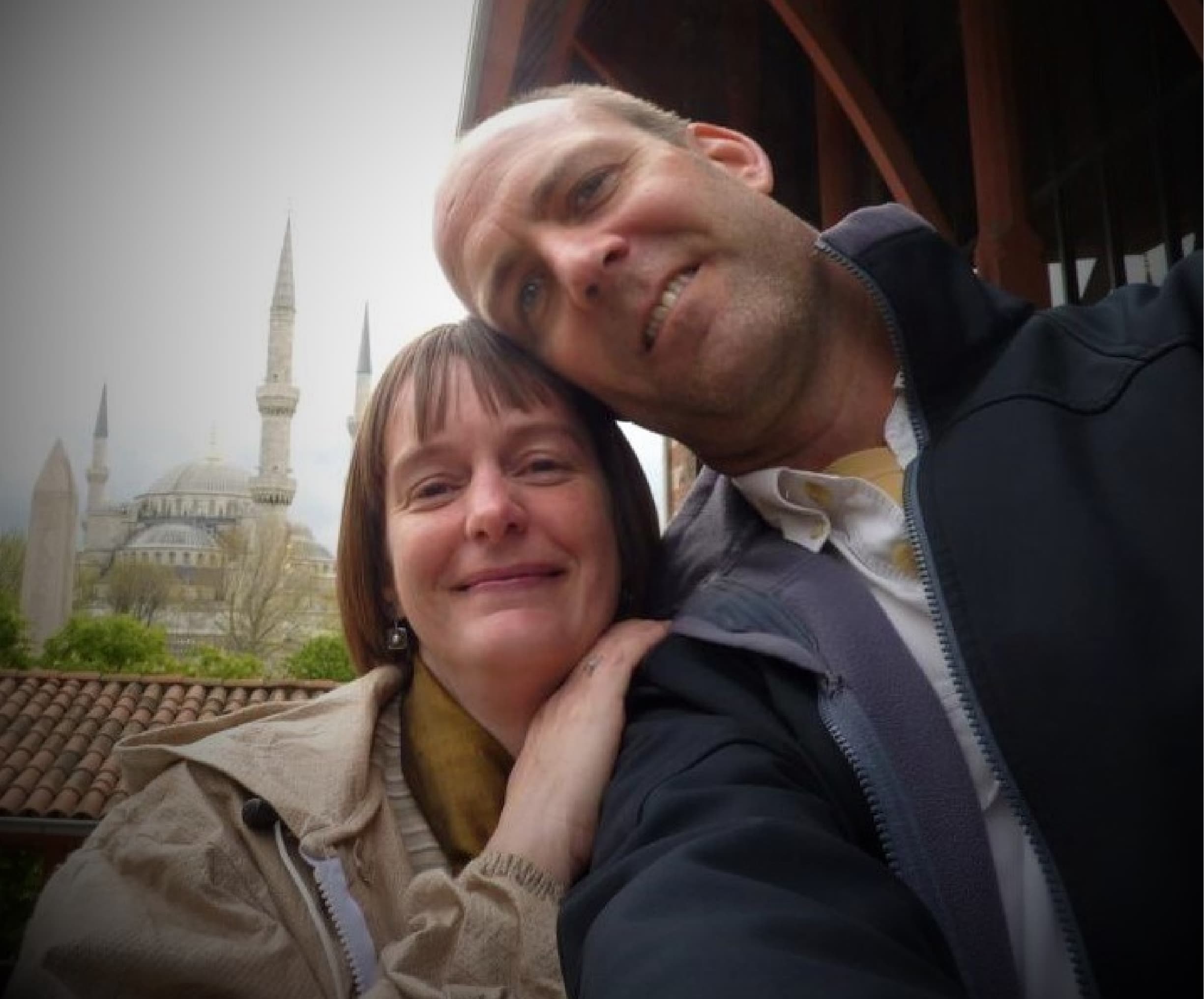ABOUT
CHRIS MARTIN FURNITURE
They found Ghana to be a country of both complex cultural and ecological diversity, a country filled with amazing people with great potential, yet also a country of great paradoxes. Chris’s personal journey can be described as disparate. “I felt as if I was being constantly jerked back and forth between deep frustration to profound jubilation” he stated.

Chris has always had a passion and gift for creating unique and inspiring works. Tammi jokes the business was formed to help Chris support his habit. Established in 1995 in Aspen, Colorado, where Chris and Tammi were married, the venture began as Art Forms Furniture. When the couple moved back to Iowa, the name was changed to Chris Martin Furniture (CMF). After long careers in the Midwest, and stints living and working abroad, Chris, Tammi, and Chris Martin Furniture have returned to Colorado and made their forever home outside of Livermore.
Martin’s life experiences are evident in their social and environmental business ethos. With every piece, we strive to leave a positive impact on both the environment and society. From our heirloom-quality craftsmanship to our eco-conscious practices, Chris Martin Furniture is dedicated to crafting a more sustainable and vibrant world for future generations.
We source materials, prioritizing sustainable and eco-friendly options. By utilizing responsibly harvested wood, salvaging, and recycling materials, we minimize our environmental footprint while ensuring the longevity and durability of our furniture pieces.
The amalgamation collection draws inspiration from diverse cultures, respecting their traditions and artisan techniques. Through collaboration with artisans from different parts of the world, we celebrate cultural diversity, foster understanding, and open new opportunities.
Moreover, we take pride in the fact that our shop operates solely on solar power, harnessing Colorado’s beautiful sun to fuel our craft.
CHRIS MARTIN
After 23 years of teaching furniture and sustainable design in the Department of Art & Visual Culture at Iowa State University, In 2023 Chris transitioned to Professor Emeritus, built his dream studio, and has returned to full-time creating. Earlier career highlights include an MFA in furniture design from the Rhode Island School of Design, an artist in residence and a Fulbright Fellowship in India, and a sabbatical as a Peace Corps volunteer in Ghana, where he and Tammi served together.
TAMMI MARTIN
How do you know when things are going well at Chris Martin Furniture (CMF)? “When I don’t have to call Chris to the office, and he doesn’t have to call me to the shop (to sand wood, grind steel, or hold the dumb end of a board).” In addition to managing the office, Tammi brings to CMF, education and experience in small business and international development, particularly in the handicrafts sector.
Artist Statement
Over the past thirty-plus years, Chris’ work has been influenced by numerous subjects, from Japanese aesthetics to Czech Cubism to African and Indian cultures. But there are two threads that run through all his work: a reverence for the natural world and the industrial environment he grew up in. These are seemingly disparate things and could be perceived as odd to be inspired by these opposites. Chris grew up in an industrial river town in Iowa. A smoke-belching factory was around every corner, but so was the Mississippi River and its forested bluffs. Today, most of these factories sit in slow decay as nature is reclaiming them. Chris has always been awed by the resiliency of Mother Nature and how she manages to take back what we try to dominate in the name of progress.
Chris is also heavily influenced by the time he has spent living and working in Ghana, West Africa, and Gujarat State in India. During these times, he collaborated with traditional artisans, envisioning ways to expand the market for their remarkable traditional crafts. Testing these ideas, he incorporates traditional elements into his contemporary furniture to appeal to the Western market.
Process and material exploration drive Chris’ artistry. He is fascinated with the manipulation of material, whether it be wood, steel, bronze, or even sheets of mica. He is also intrigued with incorporating cutting edge technologies into his work. Yet, in each piece, Chris likes to leave the mark of the maker, illustrating that the piece is handcrafted. More than just a signature, practices such as leaving the rasp marks behind are a visual sign of the craft. These marks help to tell the story of the process and give clues about the maker. Chris includes these “fingerprints” to allow the viewer/participant a richer connection with the work.